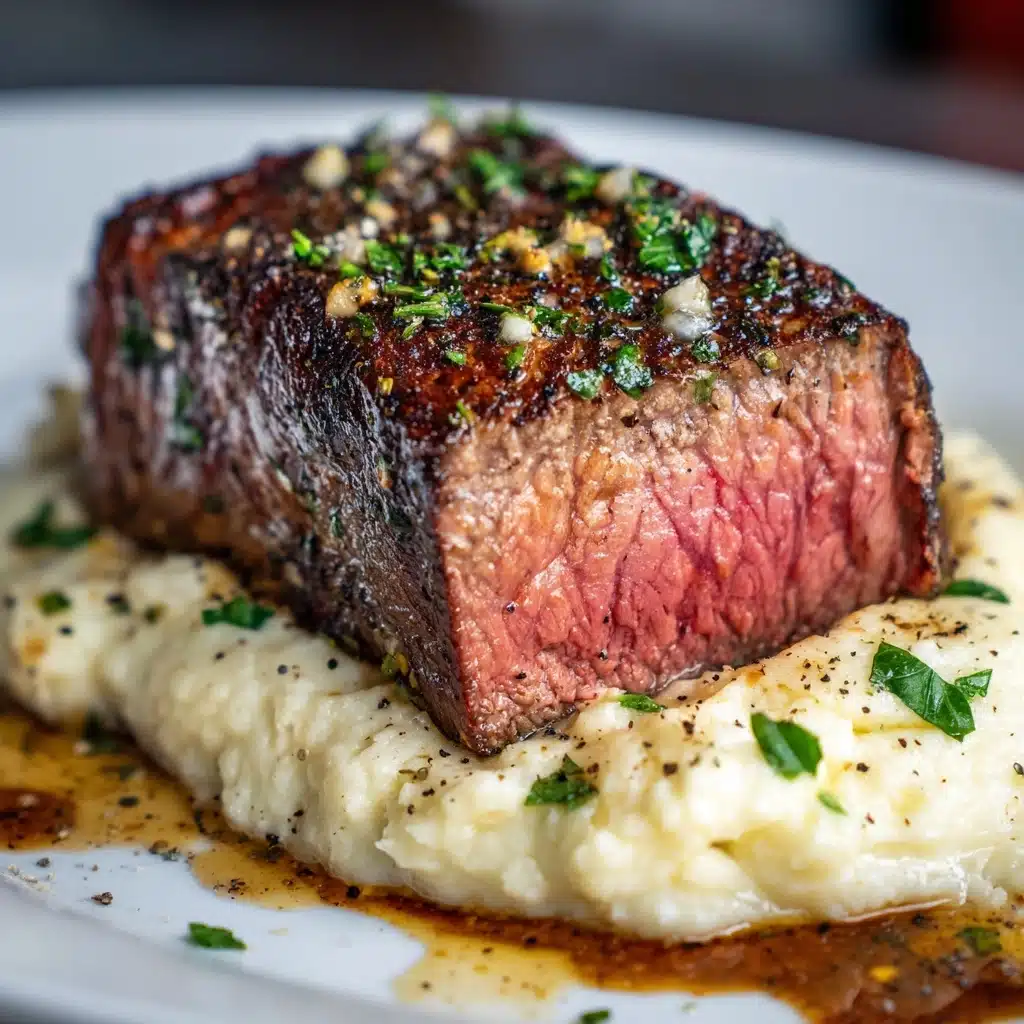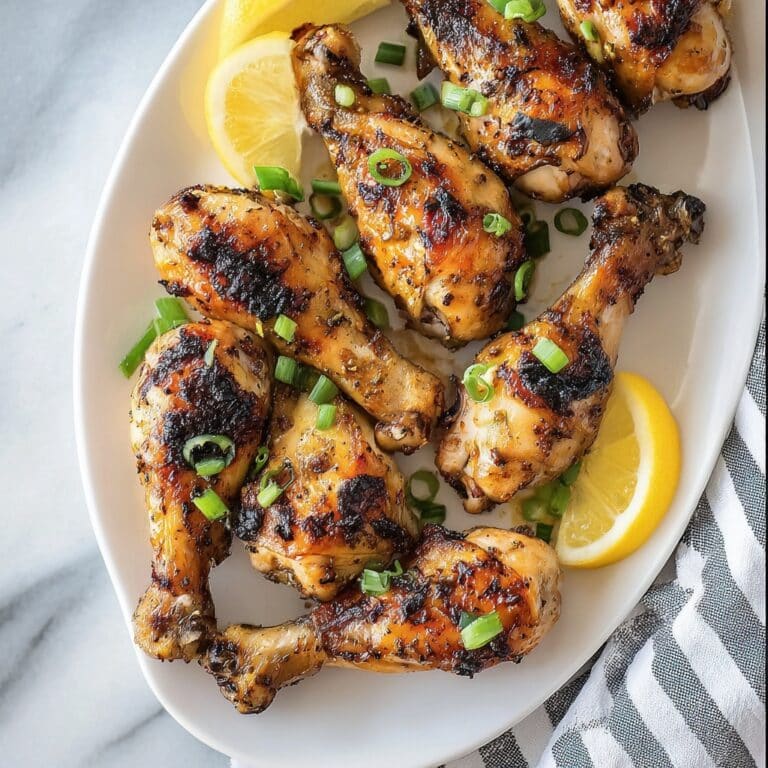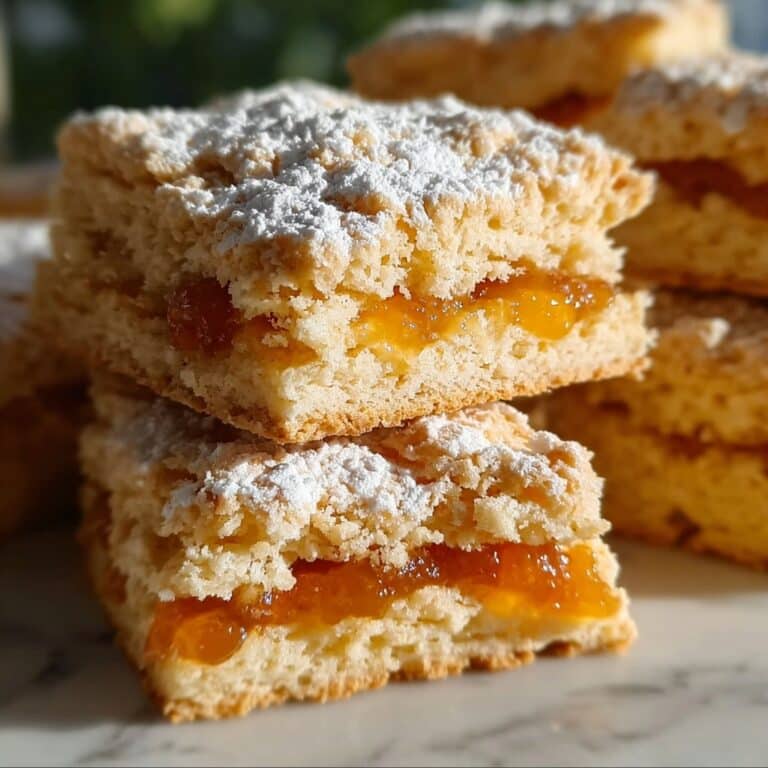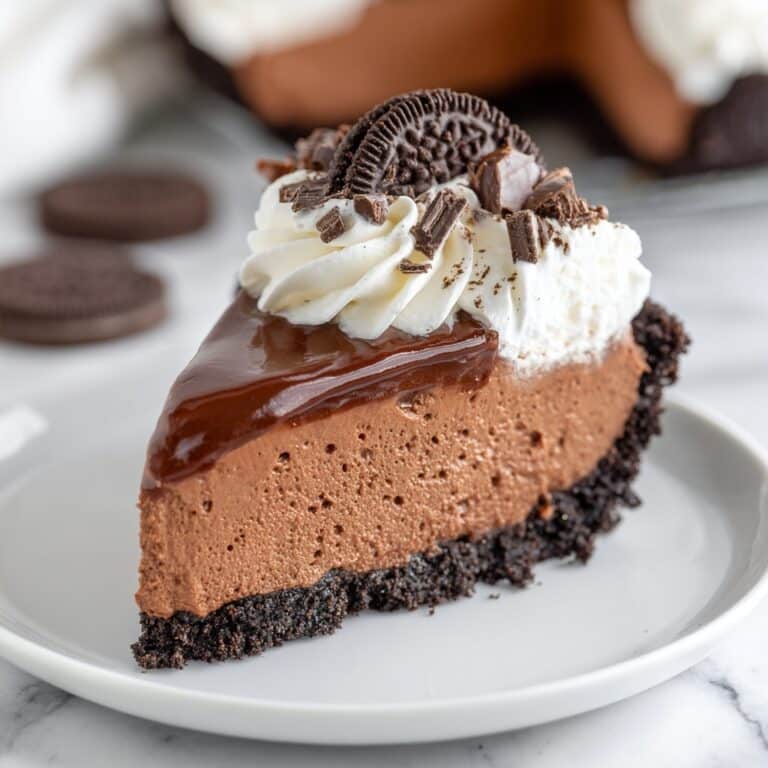Chateaubriand Recipe
If you’re searching for a dish that epitomizes elegance and flavor, look no further than Chateaubriand. This classic French recipe centers on a perfectly roasted center-cut beef tenderloin, infused with fresh herbs and finished with a luscious pan sauce. Every bite is a celebration of tender, juicy beef, balanced by subtle hints of garlic, thyme, and rosemary. Whether you’re planning a romantic dinner or hoping to impress guests at your next gathering, Chateaubriand delivers a restaurant-worthy experience right from your home kitchen.

Ingredients You’ll Need
Chateaubriand shines because of its simplicity—each ingredient is chosen for the way it elevates the beef’s delicate texture and robust flavor. Don’t be tempted to skip or substitute; every element here has a role, from the olive oil’s subtle fruitiness to the fresh herbs’ aromatic lift.
- Beef Tenderloin Roast (center-cut, 1½ to 2 pounds): The star of Chateaubriand, this cut is prized for its unmatched tenderness and mild flavor.
- Olive Oil (2 tablespoons): Helps achieve a golden, flavorful sear without burning, adding a gentle richness.
- Unsalted Butter (2 tablespoons): Adds depth and a luxurious finish to both the beef and pan sauce.
- Garlic (4 cloves, smashed): Infuses the beef with savory, aromatic notes that complement the herbs beautifully.
- Fresh Thyme (4 sprigs): Lends a subtle earthiness and classic French flair to the dish.
- Fresh Rosemary (2 sprigs): Adds piney, woodsy notes that pair wonderfully with beef.
- Kosher Salt and Freshly Ground Black Pepper: Essential for seasoning and highlighting the beef’s natural flavor.
- Dijon Mustard (1 tablespoon, optional): Brings a gentle tang to the pan sauce, balancing the richness.
- Red Wine (½ cup, optional): Adds depth and complexity to the sauce—use a dry variety for best results.
- Beef Stock (½ cup, optional): Rounds out the sauce, giving it body and savory intensity.
How to Make Chateaubriand
Step 1: Bring the Beef to Room Temperature
Remove your beef tenderloin from the fridge about 30 minutes before you plan to cook. Letting the roast come to room temperature ensures even cooking from edge to center, so you get a perfectly rosy slice in every bite. Pat the beef dry with paper towels, which helps it develop that beautiful, flavorful crust during searing.
Step 2: Season Generously
Don’t be shy with the seasoning! Sprinkle kosher salt and freshly ground black pepper liberally over every surface of the beef. This forms the foundation of Chateaubriand’s deeply savory flavor and helps seal in the juices as the roast cooks.
Step 3: Sear for a Golden Crust
Heat olive oil in a large, ovenproof skillet over medium-high heat. When the oil shimmers, carefully add the beef and sear it on all sides, about 2–3 minutes per side. This step locks in juices and creates that irresistible browned crust—a hallmark of a great Chateaubriand.
Step 4: Infuse with Butter, Garlic, and Herbs
Reduce the heat slightly and add unsalted butter, smashed garlic, thyme, and rosemary to the skillet. As the butter melts, spoon it over the beef for extra richness and to infuse the roast with aromatic flavor. This bath of sizzling butter and herbs is what takes Chateaubriand to luxurious new heights.
Step 5: Roast to Perfection
Transfer the skillet to a preheated 400°F (200°C) oven. Roast for 15–20 minutes, or until the internal temperature reaches your desired doneness: 125°F for rare, 130°F for medium-rare, or 135°F for medium. Use a meat thermometer for accuracy—nothing beats the confidence of knowing your Chateaubriand is cooked exactly right.
Step 6: Rest Before Slicing
Once roasted, remove the beef from the oven and let it rest on a board for 10–15 minutes. This crucial pause allows the juices to redistribute, ensuring every slice is moist and tender. Slice thickly and admire the perfect blush of your handiwork.
Step 7: Make the Optional Pan Sauce
While the beef rests, return the skillet to medium heat (don’t forget to discard excess fat, but leave those flavorful garlic and herbs). Deglaze with red wine, scraping up the golden bits stuck to the pan. Add beef stock and simmer until reduced by half. Whisk in Dijon mustard and a knob of butter for extra gloss and flavor. Strain and serve this luscious sauce alongside your Chateaubriand.
How to Serve Chateaubriand

Garnishes
A sprinkle of flaky sea salt and a few fresh thyme or rosemary sprigs make a beautiful, fragrant finish. If you want to go classic, add a drizzle of the pan sauce and perhaps a dollop of Béarnaise for a truly French touch. A scattering of microgreens or watercress adds a pop of color and freshness to every plate.
Side Dishes
Chateaubriand is wonderfully versatile when it comes to sides. Traditional choices like roasted baby potatoes or a creamy potato gratin are always a hit, but don’t overlook green beans almondine or glazed carrots for a lighter, colorful pairing. For a special occasion, serve with a crisp salad tossed in a light vinaigrette to balance the meal.
Creative Ways to Present
For an impressive tableside presentation, slice the Chateaubriand thickly and fan the pieces on a warm platter. Drizzle with sauce and nestle roasted vegetables around the edges. Alternatively, carve the roast at the table for a bit of drama and let everyone see the glorious pink center as you serve.
Make Ahead and Storage
Storing Leftovers
Wrap any leftover Chateaubriand tightly in foil or place in an airtight container and refrigerate for up to three days. Store the pan sauce separately in a small jar or container to keep the beef from getting soggy.
Freezing
Chateaubriand can be frozen, though it’s best enjoyed fresh. If you need to freeze, slice the cooled beef, wrap portions tightly in plastic wrap and foil, and freeze for up to two months. Thaw overnight in the fridge before reheating for best results.
Reheating
To gently reheat Chateaubriand, place slices in a baking dish, cover with foil, and warm in a 275°F oven until just heated through. Warm the sauce separately and spoon over the beef to restore its lusciousness. Avoid microwaving, as this can dry out the tender meat.
FAQs
What cut of beef is used for Chateaubriand?
Chateaubriand is traditionally made with the center-cut portion of beef tenderloin, which is renowned for being the most tender cut and delivering a luxurious, melt-in-your-mouth texture.
How do I know when my Chateaubriand is perfectly cooked?
The best way is to use a meat thermometer. For rare, aim for 125°F; for medium-rare, 130°F; and for medium, 135°F. The temperature will rise slightly as the beef rests, so remove it from the oven a few degrees before your target.
Is the pan sauce necessary?
While Chateaubriand is delicious on its own thanks to the herb butter baste, the pan sauce adds another layer of flavor and moisture. It’s optional, but highly recommended if you want a restaurant-quality finish.
Can I prepare Chateaubriand ahead of time?
You can sear the beef and prep the herbs and butter ahead of time, but for the most tender results, roast just before serving. Leftovers are still tasty, but nothing beats Chateaubriand fresh from the oven.
What wine pairs best with Chateaubriand?
A bold red wine like Bordeaux, Cabernet Sauvignon, or a rich Pinot Noir beautifully complements the savory flavors of Chateaubriand. Choose something you’d also enjoy sipping alongside the meal.
Final Thoughts
If you’ve never tried making Chateaubriand at home, now’s the time to treat yourself and your loved ones to something truly special. With just a handful of quality ingredients and a little care, you’ll create a meal that’s both showstopping and comforting. Gather your favorite people, pour a good glass of wine, and savor the magic of Chateaubriand together!
Print
Chateaubriand Recipe
- Total Time: 40 minutes
- Yield: 4 servings 1x
- Diet: Non-Vegetarian
Description
Chateaubriand is a classic French main course featuring a center-cut beef tenderloin roast, seared to perfection and roasted to your preferred doneness. This dish is enhanced with aromatic garlic, fresh thyme, and rosemary, complemented by a rich buttery finish. Optionally served with a red wine and beef stock pan sauce, it makes for an elegant, romantic dinner or a special occasion meal.
Ingredients
Beef and Seasoning
- 1 center-cut beef tenderloin roast (about 1½ to 2 pounds)
- Kosher salt, to taste
- Freshly ground black pepper, to taste
Cooking Fats and Aromatics
- 2 tablespoons olive oil
- 2 tablespoons unsalted butter
- 4 cloves garlic, smashed
- 4 sprigs fresh thyme
- 2 sprigs fresh rosemary
Optional Pan Sauce
- 1 tablespoon Dijon mustard
- ½ cup red wine
- ½ cup beef stock
- Additional knob of butter for richness
Instructions
- Prepare the Beef: Remove the beef tenderloin from the refrigerator and let it come to room temperature for about 30 minutes. Pat it dry using paper towels to ensure a good sear, then season generously all over with kosher salt and freshly ground black pepper.
- Preheat the Oven: Set your oven to 400°F (200°C) so it’s ready when the searing is done.
- Sear the Beef: Heat the olive oil in a large ovenproof skillet over medium-high heat. Once hot, add the beef and sear on all sides until a rich brown crust forms, approximately 2 to 3 minutes per side.
- Add Aromatics and Butter: Lower the heat to medium, add unsalted butter, smashed garlic cloves, fresh thyme, and rosemary into the skillet. As the butter melts, continuously spoon it over the beef to infuse flavor and keep the meat moist.
- Roast the Beef: Transfer the skillet with the beef and aromatics into the preheated oven. Roast for 15–20 minutes, or until the internal temperature reaches your desired doneness: 125°F for rare, 130°F for medium-rare, or 135°F for medium.
- Rest the Meat: Remove the skillet from the oven and transfer the beef to a cutting board. Tent loosely with foil and rest for 10–15 minutes to allow juices to redistribute, ensuring a tender, juicy roast.
- Make the Optional Pan Sauce: Place the skillet back on medium heat, discard excess fat but keep the garlic and herbs. Deglaze the pan with red wine, scraping up the flavorful browned bits. Add beef stock and simmer until reduced by half. Whisk in Dijon mustard and a knob of butter for richness. Strain the sauce if desired and serve alongside sliced beef.
- Slice and Serve: Carve the rested beef into thick slices and plate with your choice of sides, traditionally roasted vegetables or potatoes, and drizzle with the optional pan sauce.
Notes
- Use a meat thermometer to monitor internal temperature for perfect doneness.
- Allowing the meat to rest after roasting is essential to keep slices juicy and tender.
- Traditionally served with roasted vegetables or potatoes and a rich sauce like Béarnaise.
- For a richer pan sauce, incorporate Dijon mustard and butter as described.
- If you prefer, skip the pan sauce and serve the beef simply with fresh herbs and seasoning.
- Prep Time: 10 minutes
- Cook Time: 30 minutes
- Category: Main Course
- Method: Roasting, Searing
- Cuisine: French
Nutrition
- Serving Size: 1 portion (about 6 oz)
- Calories: 390
- Sugar: 0g
- Sodium: 320mg
- Fat: 25g
- Saturated Fat: 10g
- Unsaturated Fat: 13g
- Trans Fat: 0g
- Carbohydrates: 1g
- Fiber: 0g
- Protein: 37g
- Cholesterol: 120mg






